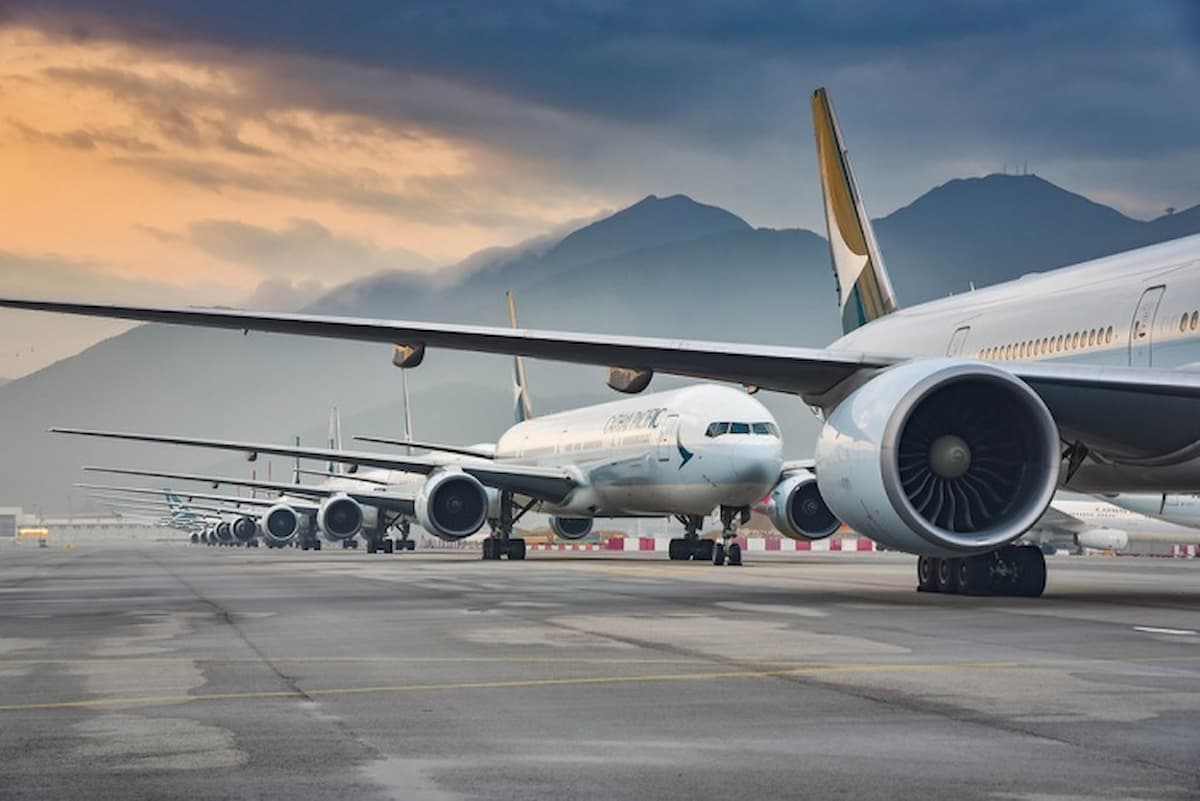Loading News Article...
We're loading the full news article for you. This includes the article content, images, author information, and related articles.
We're loading the full news article for you. This includes the article content, images, author information, and related articles.
Flight delays and cancellations are on the rise, raising concerns about the resilience of Kenya's aviation sector amidst potential staffing challenges and a global trend of air traffic control shortages.

Nairobi, Kenya – Air travelers in Kenya could face increasing disruptions as global reports highlight a growing concern over air traffic controller shortages, a situation that has previously led to flight delays and cancellations in other regions. While air traffic controllers are designated as essential workers, ensuring continued operations even during government shutdowns, the strain on staffing can significantly impact air travel efficiency and safety.
The issue has gained prominence with recent events in the United States, where a government shutdown led to an increase in sick calls among air traffic controllers, resulting in substantial flight delays and cancellations. For instance, on Tuesday, October 7, 2025, the air traffic control tower overseeing Nashville International Airport operated with extremely limited staff, necessitating that some approach traffic be handled by a control center in Memphis, Tennessee. This scenario underscores the fragility of aviation systems when staffing levels are compromised, even in developed nations.
Kenya's aviation sector has experienced its own challenges related to air traffic control staffing and industrial relations in the past. In 2011, a 'go-slow' by air traffic staff disrupted flights at Jomo Kenyatta International Airport (JKIA) and Wilson Airport, with controllers reducing operations to press for better terms of employment. Similarly, in 2002, air traffic controllers at Moi International Airport in Mombasa defied a ministerial directive to return to work, demanding negotiations with the government over their grievances. These historical instances highlight the critical role of air traffic controllers and the potential for disruptions when their concerns are not addressed.
The Kenya Civil Aviation Authority (KCAA) is responsible for providing air traffic control services at various airports across the country, including Jomo Kenyatta International Airport, Moi International Airport, and Kisumu International Airport, among others. Air traffic controllers in Kenya are required to meet specific training, experience, and assessment requirements, including passing an English Language Proficiency exam and holding a current Class 3 medical certificate, to obtain a license. The KCAA also oversees the modernization of air traffic control systems, with projects such as the revamp of the JKIA air traffic control system by Indra, aimed at enhancing safety and efficiency.
Air traffic controllers are crucial for the safe, orderly, and efficient movement of aircraft, both in the sky and on the ground. They are responsible for coordinating air traffic, issuing instructions to pilots, and alerting them to potential issues like weather or other aircraft. The East African School of Aviation (EASA) provides training for air traffic control cadets, emphasizing both classroom instruction and simulator training. The Kenya Air Traffic Controllers Association (KATCA) has previously raised concerns about safety issues, such as those related to unvalidated controllers in neighboring airspaces, demonstrating their commitment to maintaining high safety standards.
A shortage of air traffic controllers can lead to significant operational challenges, including increased flight delays and cancellations, which in turn impact airlines and travelers. The stress on existing controllers, who may be required to work longer hours, can also raise safety concerns. The economic implications of such disruptions can be substantial, affecting tourism and business travel, both vital components of Kenya's economy.
While the input highlights a global trend of air traffic controller shortages and the impact of government shutdowns on these essential workers, specific current data on the extent of air traffic controller shortages in Kenya remains UNKNOWN. The long-term strategies by the KCAA to address potential staffing gaps and ensure the resilience of the Kenyan air traffic management system are also not detailed in the provided information.
The current global concerns regarding air traffic controller shortages, exacerbated by situations like government shutdowns, suggest a need for continuous monitoring and proactive measures within Kenya's aviation sector. The modernization efforts at JKIA by Indra, which include a simulator for controller training, indicate ongoing investment in the infrastructure and personnel.
Stakeholders will be closely watching for any official statements from the Kenya Civil Aviation Authority regarding current staffing levels of air traffic controllers and any measures being implemented to mitigate potential shortages. The impact of global aviation trends on Kenya's air travel sector, particularly concerning staffing and operational efficiency, will also be a key area of focus. Continued investment in training and technology for air traffic control will be crucial for maintaining safety and minimizing disruptions.